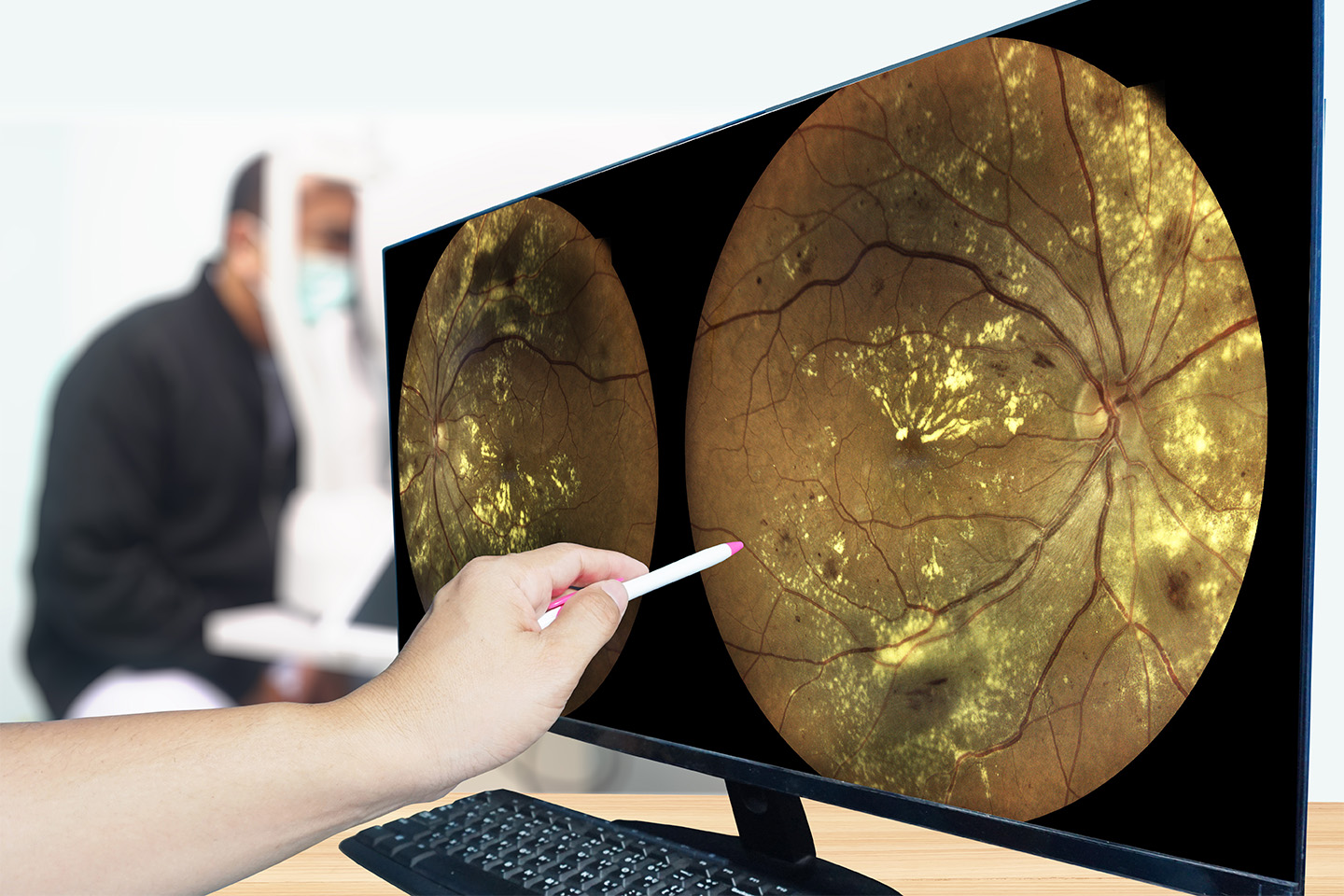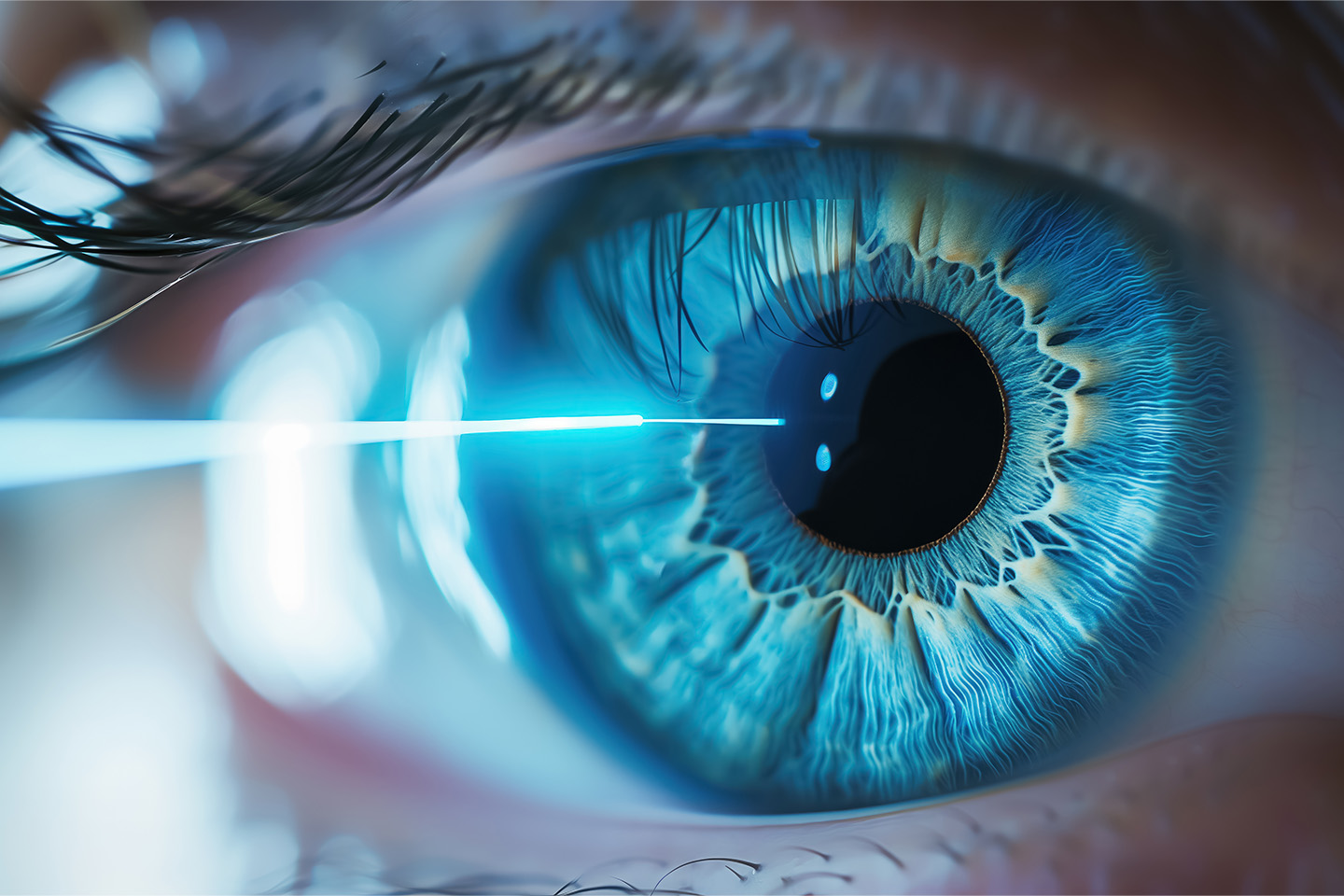Can LASIK Surgery Correct Presbyopia? Exploring Solutions for Age-Related Vision Changes

Our eyes undergo various changes as we age, some of which are unavoidable. Presbyopia, or age-related farsightedness, is one of the most common eye conditions and typically begins to manifest in our 40s. It is caused by the hardening of the eye’s natural lens, making it less flexible and able to focus on close objects. For many, it becomes noticeable when we must hold reading material at arm’s length to see clearly.
With the popularity and success of LASIK eye surgery in correcting refractive errors, a common question arises: Can the LASIK procedure also correct presbyopia?
Laser Eye Surgery: Ideal for Refractive Errors but Not for Presbyopia
LASIK (laser-assisted in situ keratomileusis) corrects refractive errors by using a laser to reshape the cornea. While laser vision correction, such as LASIK, is highly effective for myopia (nearsightedness), hyperopia (farsightedness), and astigmatism, it does not address the underlying issue of the aging and hardened eye lens caused by presbyopia. For the same reason, photorefractive keratectomy (PRK), a LASIK alternative for patients with thin corneas, is also ineffective in addressing presbyopia.
Effective Solutions for Treating Presbyopia
Although LASIK is not suitable for patients with presbyopia, several other presbyopia treatment options are available.
- Reading glasses are the simplest and most common solution. These glasses can be worn as needed for close-up tasks and come in various strengths and styles to suit different preferences and visual requirements.
- Progressive lenses, also called multifocal lenses, use a multifocal progression of magnifications to allow for clear vision at multiple distances. These glasses eliminate the need for separate reading glasses and have customized prescriptions to meet individual vision needs. Bifocals are an example of multifocal glasses.
- Multifocal contact lenses are similar to progressive glasses, providing zones for seeing near, intermediate, and distant objects. Monovision contact lenses are also an option: one lens supports distance vision in one eye, and the other allows for near vision. Some users may experience limited depth perception with these lenses.
- Clear lens exchange (CLE), also called refractive lens exchange (RLE), is similar to cataract surgery; however, the natural lens of the eye is removed before cataract development. An eye surgeon makes a microscopic incision at the edge of the cornea, then replaces the hardened natural lens with an artificial intraocular lens, or IOL. At ICON Eyecare, we’re proud to offer a variety of premium IOLs to help you achieve your vision goals.
Vision Correction That’s Right For You
Our highly trained surgeons and investment in industry-leading technology allow us to deliver personalized care tailored to your needs. We take pride in ensuring patients feel comfortable with their options and treatment. If you’re ready to see clearly again and explore your vision correction options, contact the experienced eye care team at ICON Eyecare.
[DISPLAY_ULTIMATE_SOCIAL_ICONS]








